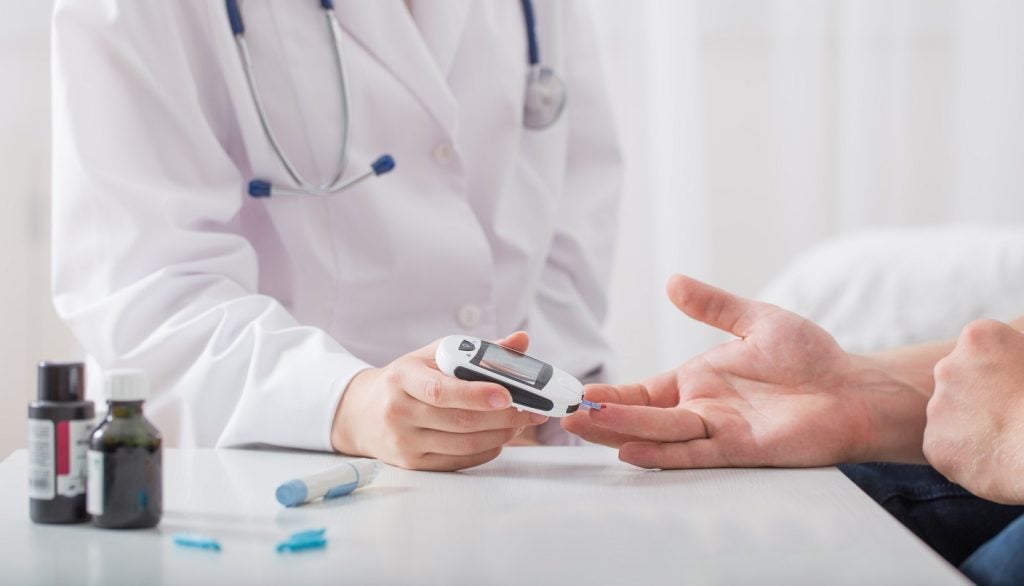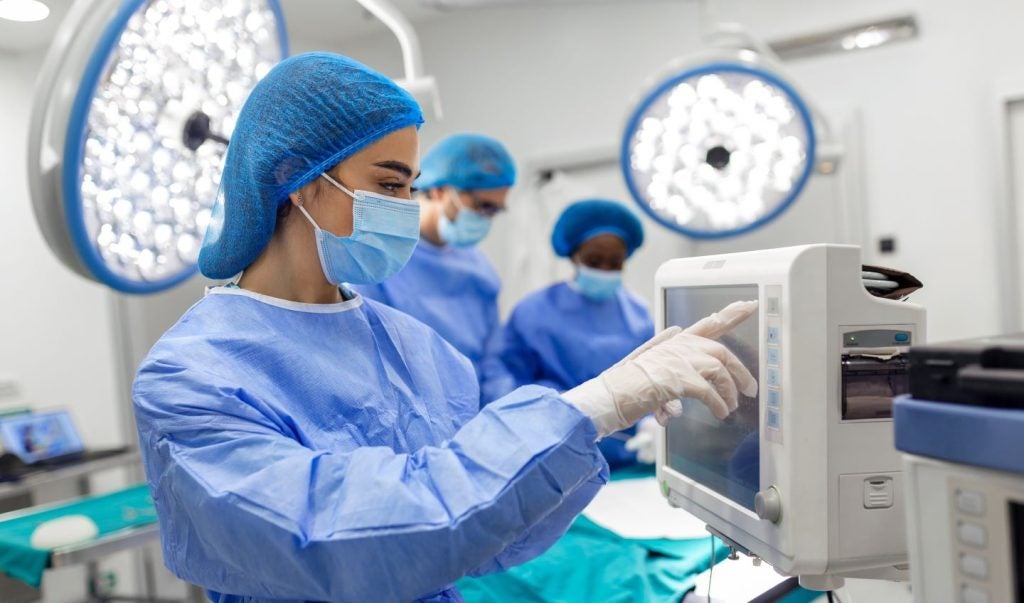Qiagen has signed a ten-year agreement with Natera to develop new cell-free DNA assays for use in Qiagen’s GeneReader next-generation sequencing (NGS) system to enable prenatal screening.
Based on Qiagen’s PaxGene blood cell-free DNA collection and sample processing technology, the new assays are set to analyse maternal blood samples.
The tests are expected to selectively distinguish foetal placental DNA from maternal background DNA to determine if a baby is at higher risk for common genetic disorders.
Qiagen CEO Peer Schatz said: “Through this strategic partnership, we are planning to offer assays that provide significant clinical and economic value backed by extensive validation data and large clinical studies.
“We intend to make these assays available on the GeneReader NGS System to laboratories around the world that are very eager to bring in-house genetic testing across several applications, including prenatal screening.”
Under the partnership, Qiagen will make an upfront payment of $40m to Natera, which is also eligible for another $10m in milestone-based payments.
How well do you really know your competitors?
Access the most comprehensive Company Profiles on the market, powered by GlobalData. Save hours of research. Gain competitive edge.

Thank you!
Your download email will arrive shortly
Not ready to buy yet? Download a free sample
We are confident about the unique quality of our Company Profiles. However, we want you to make the most beneficial decision for your business, so we offer a free sample that you can download by submitting the below form
By GlobalDataThe companies will establish a sample to insight workflow on GeneReader NGS system that will be validated with Natera’s Constellation Cloud platform, which can also be accessed by assay users with Qiagen’s Clinical Insights (QCI) bioinformatics software.
In addition, this workflow provides personalised risk reports for healthcare and genetic counselling.
Natera CEO Matthew Rabinowitz said: “We are combining Natera’s molecular and clinical experience in NGS content development with Qiagen’s expertise in offering a complete and integrated NGS workflow to offer sample to insight testing leveraging Natera’s Constellation Cloud platform.
“We also believe the global reach of Qiagen will help us capitalise on the emergence and power of next-generation sequencing globally, and make these assays broadly accessible to hospital systems and laboratories worldwide.”







